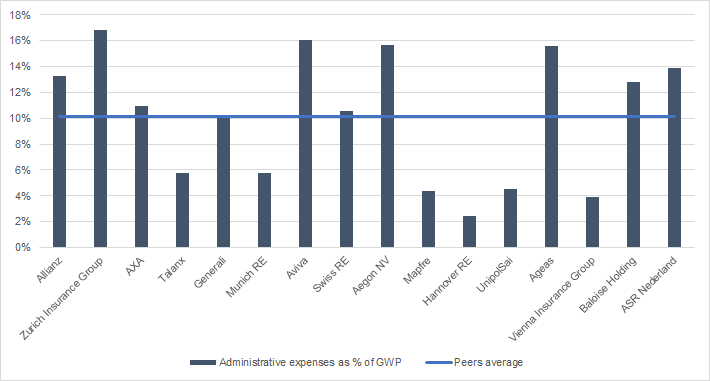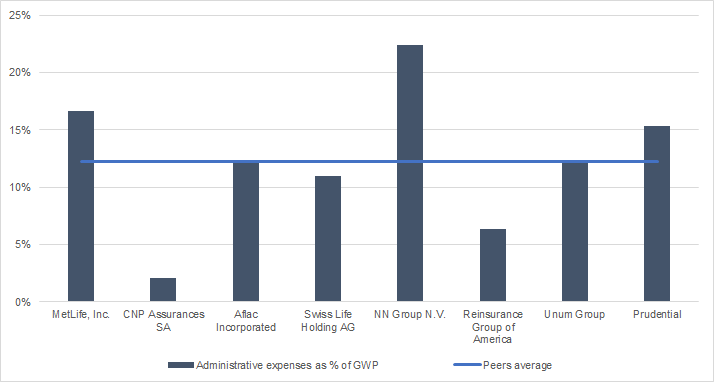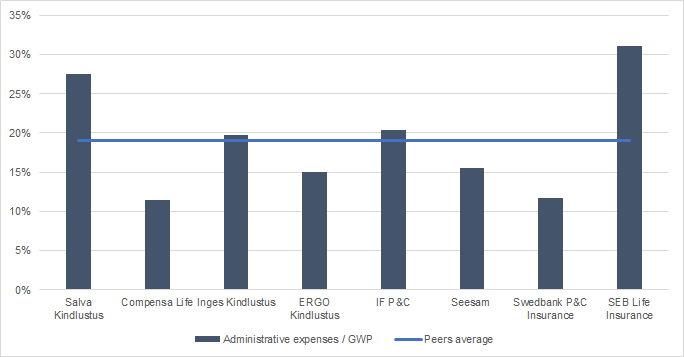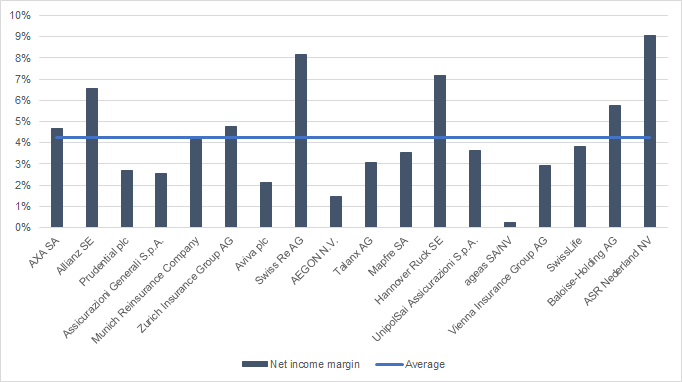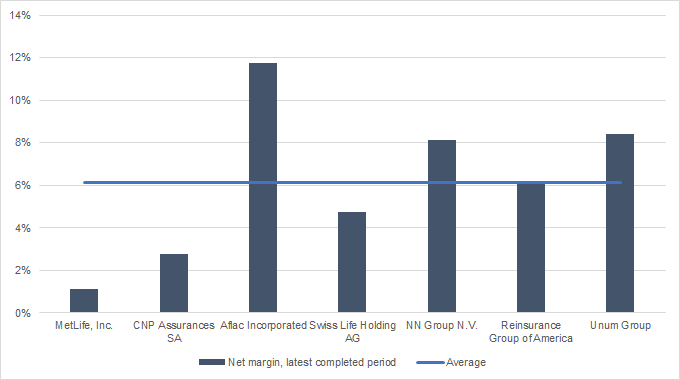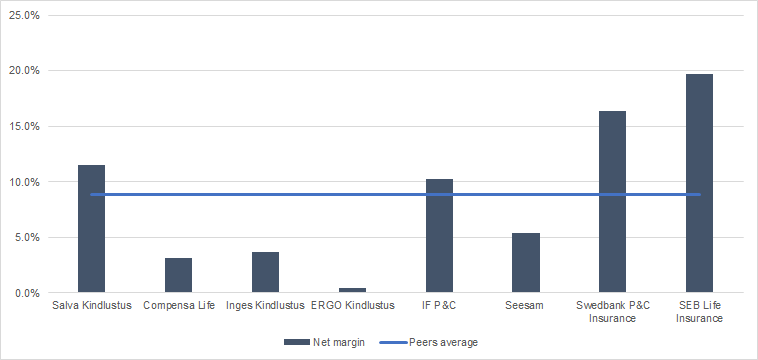With the average cost of college steadily rising every year, many people may wonder if the hefty price tag is still worth it. Will you get a return on your investment if you put in all the time, effort, and money? As much of the research still shows, in most cases, going to college will still pay off in the long run.
Average Cost of Tuition
Typical costs vary widely by type of institution. According to the College Board, the average cost of college tuition and fees (which may include the library, campus transportation, student government, and athletic facilities) for the 2020-2021 school year was $37,650 at private colleges, $10,560 for state residents at public colleges, and $27,020 for out-of-state residents attending public universities.1
These numbers do not include housing, meals, textbooks, or school supplies which could easily tack on another $10,000 to $18,000 a year. Multiply those numbers by four years of college, and you are looking at a hefty college bill. It’s no wonder that student debt levels topped $1.5 trillion in 2020.2
| Average Cost of College by Type of School | ||||
|---|---|---|---|---|
| Public 2-Year (In-District) | Public 4-Year (In-State) | Public 4-Year (Out-of-State) | Private 4-Year | |
| Tuition | $3,770 | $10,560 | $27,020 | $37,650 |
| Room and Board | $9,080 | $11,620 | $11,620 | $13,120 |
| Total | $12,850 | $22,180 | $38,640 | $50,770 |
Why a College Degree Is Still Worth It
Footing the college bill can be a tough pill to swallow when you look around and see many graduates struggling to find work. Still, the data largely supports the fact that college will be worth it for most students.
The Pay Gap
According to the Bureau of Labor Statistics, the pay gap between those with a four-year degree and those with a high school degree is still significant. Those with a four-year college degree earn a median weekly salary of $1,305, whereas employees with a high school degree average $781. The difference is even higher when comparing employees with doctoral degrees with those with some or no college degree.3
| Average Salary and Unemployment by Degree Level | ||
|---|---|---|
| Degree Level | Average Weekly Salary | Unemployment Rate |
| Less than high school | $619 | 11.7% |
| High school diploma | $781 | 9% |
| Some college, no degree | $877 | 8.3% |
| Associate degree | $938 | 7.1% |
| Bachelor's degree | $1,305 | 5.5% |
| Master's degree | $1,545 | 4.1% |
| Professional degree | $1,893 | 3.1% |
| Doctoral degree | $1,885 | 2.5% |
The Lifetime Earnings Gap
As you can see, this gap is further widened by the fact that the lower your degree, the more likely you are to be unemployed. Given higher unemployment rates and annual salaries, it's no surprise that these numbers can add up to significant differences in the long run. In fact, not going to college could cost you dearly, to the tune of $1 million in lifetime wages, according to a Georgetown University study.4
The Long-term Financial Impact of a Degree
It's not just about going to college or not, though. The degree you choose also has a significant long-term financial impact. The same Georgetown study revealed a gap of $3.4 million in lifetime earnings between the highest- and lowest-earning majors. The top-paying majors unsurprisingly include STEM (science, technology, engineering, and mathematics), health, and business. The majors with the lowest median earnings are in education, the arts, and social work.4
| Average Annual Earnings Examples for Various Degrees | ||
|---|---|---|
| Degree | Average entry-level salary | Average mid-career salary |
| Computer science | $62,000 | $95,000 |
| Finance | $52,000 | $85,000 |
| Business | $45,000 | $70,000 |
| Marketing | $42,000 | $74,000 |
| Secondary Education | $38,000 | $50,000 |
| Philosophy | $36,000 | $62,000 |
Of course, there are a lot of choices and a range of potential earnings for every degree. Our economy needs teachers and engineers. We need social workers just as we need accountants. It’s easy to obsess over what major could make you the most money, but it’s more important to find something that you enjoy in a field in which you can excel.
In the current digital economy, the future of work is changing fast and one thing that emerges is that despite specialties and core areas of learning, some fields are fusing. A competitive candidate is one who is curious to learn, and that may mean intersecting technology with finance, business with social studies, and math with psychology. A lot of success happens in these intersections.
Useful Online Tools
There are many helpful resources online that can guide you in your decisions about your education. These include:
- A state-by-state comparison of the average costs of private and public colleges from the National Center for Education Statistics
- A college savings calculator that you can use to plan ahead and save for the costs of college
- Georgetown University's study comparing the value of different college majors
- Reviews of some of the best value collegesout there
The Bottom Line
Before you decide that the price tag on college is too high, be sure to look at what the statistics show. The financial benefits of college, on average, far outweigh the immediate costs. Compare the costs of college vs. work after high school, too, before making any decisions. If you are concerned about saving for college, check with a financial advisor to discuss a college savings strategy.
:strip_icc()/education_college_cost-5bfc2f4546e0fb0083c124ee.jpg)




